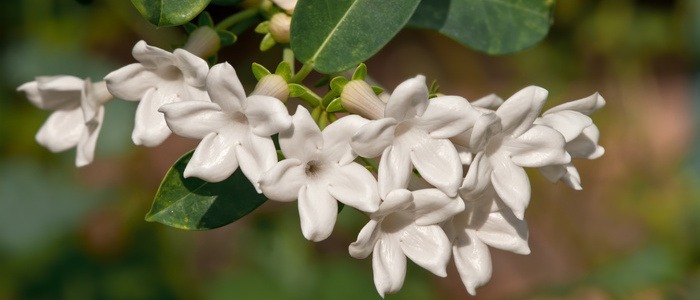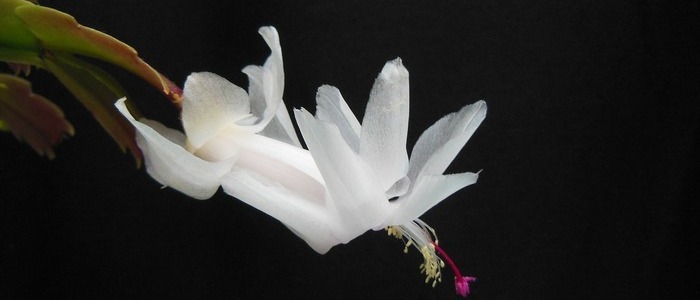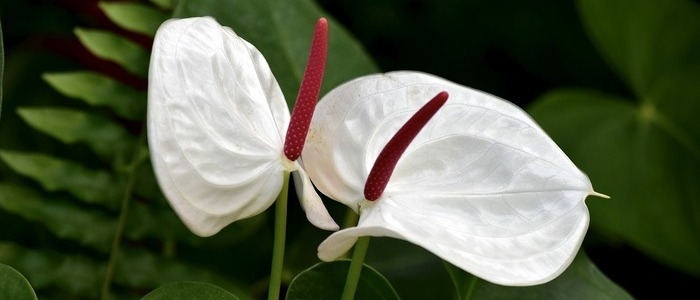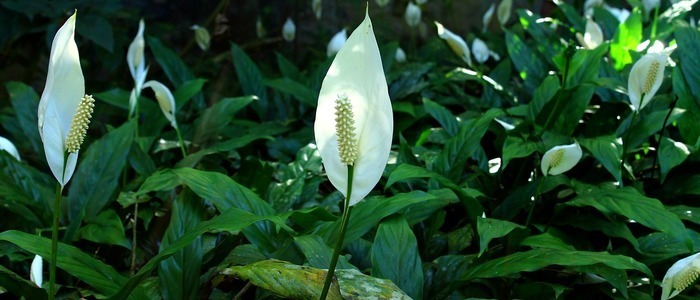Thank you for visiting our article on white moth orchids! This lovely flower may be found all over the world and adds a touch of elegance and grace to any environment. We’ll be talking all things white moth orchid here, from growing tips and tricks to best practices for caring for your plant.
Whether you’re an experienced gardener or a novice looking to learn more, you’ll be sure to find something useful in this article. So join us as we explore the world of white moth orchids and delve into what makes them so special.
Do you love the beauty and delicate nature of orchids? If so, then the white moth orchid may be just the right plant for you! With its elegant colors, long-lasting blooms, and easy care requirements, this stunning orchid is an ideal choice for both experienced and novice growers.
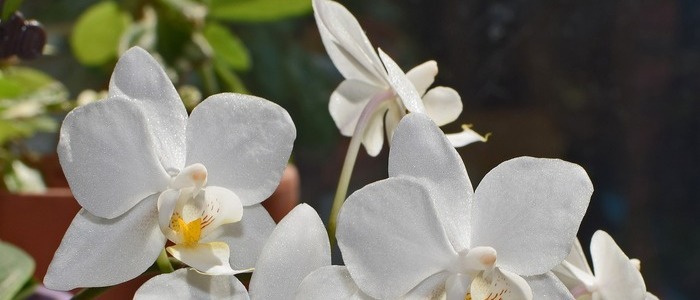
White Moth Orchid Frequently Asked Questions
How often do you water moth orchids?
When it comes to watering white moth orchids, it's important not to overwater them, as this can lead to root rot. It's recommended to water them once a week, but the frequency may vary depending on the humidity and temperature of the room they are in. It's best to check the soil moisture level before watering by sticking your finger about an inch into the soil. If it feels dry, it's time to water it.
Can moth orchids be kept outside?
While moth orchids can be kept outside in some regions, they are typically grown indoors as they prefer stable temperatures and humidity levels. If you do choose to keep them outside, make sure they are protected from direct sunlight and extreme temperatures. Additionally, be sure to bring them inside if the weather becomes too hot or cold. Overall, keeping moth orchids indoors is the best way to ensure their health and longevity.
White Moth Orchid Care Tips
When caring for a white moth orchid, providing the plant with the right environment is important. These tropical beauties thrive in bright, indirect light and prefer temperatures between 65-80°F (18-27°C). To keep your orchid happy and healthy, water it once every two weeks using bottled or distilled water. Make sure you water the roots directly and allow the plant to drain completely after each watering.
Fertilize your white moth orchid once every two weeks with a balanced, water-soluble fertilizer at ¼ strength. If you’re growing the orchid in a pot, adding some Spanish moss or sphagnum moss to the soil may also be beneficial for additional moisture.
The white moth orchid is a great addition to any home, and with the proper care, you’ll enjoy beautiful blooms all year round. So if you’re looking to add some elegance to your home, this stunning flower may be just what you need!
White Moth Orchid Propagation Instructions
The elegant white moth orchid is a stunning addition to any home or garden. Whether you’re just getting started in propagating and planting this beautiful flower, or if you’ve been doing it for years, the white moth orchid can be an incredibly rewarding experience. With the proper care and attention, these flowers will thrive and give you years of vibrant color.
When it comes to propagating white moth orchids, there are two main methods: division and seed pods. With division, you simply separate the individual plants from a larger clump; this is often the easiest way to get started with your own orchid collection. If you plan on going the seed pod route, you’ll need to collect and plant the seeds.
Once you’ve propagated your plants, it’s time to plant them in well-drained soil or a potting mix specifically designed for orchids. When planting your white moth orchid in soil outdoors, make sure that your soil is not too acidic or rich in nitrogen. When planting indoors, use a potting mix specifically designed for orchids and make sure it’s moist but not overly wet.
Once the white moth orchid is planted, make sure you provide plenty of light and indirect sunlight so that it can thrive. Water your orchid regularly, but allow the soil to dry out between watering. You may also want to fertilize your orchid with a balanced fertilizer every two weeks during the growing season.
You’ll know your white moth orchid thrives when you see new growth and vibrant blooms! You can enjoy these beautiful flowers for many years with proper care and attention. Go ahead and give it a try – you won’t be disappointed!
.
Pruning the White Moth Orchid
If you’re looking to add a touch of elegance and a burst of color to your home, the white moth orchid is a great choice. Not only are they stunning to look at, but with regular pruning, they can also help fill your home with sweet-smelling fragrances. But before you go out and purchase one of these beauties, here are a few tips on how to properly prune and care for your white moth orchid.
The first step is to identify the leaves that need to be pruned. You should look for browning, wilting or yellowed leaves, and any that have become overly long or damaged.
Once you’ve identified the leaves that need to be pruned, you should carefully trim them back using sharp scissors or a small knife. When cutting the leaves, make clean cuts at an angle just above a healthy node – this will encourage new growth and flowering in the future.
When it comes to blooming, you need to be careful not to over-prune. Too much pruning can stunt the growth of your orchid and prevent it from blooming again. During the growing season, you should trim only once or twice a year, and during the dormant season, no pruning is necessary.
In addition to regular pruning, white moth orchids need a bit of extra care to remain healthy and vibrant. They grow best in bright, indirect light where temperatures range between 60-85 degrees Fahrenheit. You should also mist your orchid’s leaves daily with room-temperature water during the summer months.
By following these simple tips, you can ensure that your white moth orchid is healthy and blooming for years to come. With a bit of love and care, your orchid will bring beauty and fragrance into your home.
Problems found in the White Moth Orchid
The white moth orchid may look lovely, but it’s not without its issues. It requires more care than some of its other counterparts, so proper planning and preparation is key to keeping it thriving. Here are some of the potential problems you might encounter when caring for this beauty:
1. Too much light: While the white moth orchid needs plenty of sunlight, it can suffer from too much. Make sure to keep it out of direct sunlight and consider investing in a shade cloth for protection.
2. Poor drainage: The soil mix needs to be well draining as over-watering is a common problem with this orchid variety. If you notice that the soil stays soggy, consider creating a potting mix with more peat moss or bark to help with drainage.
3. Temperature: This type of orchid prefers temperatures between 50°F – 85°F (10°C – 29°C). If you keep it in an area that is too cold, it won’t flower.
4. Pests: Like other plants, the white moth orchid is susceptible to pests such as mealybugs and scale insects. Keep an eye out for any signs of infestation and treat them immediately to avoid further damage to your orchid.
By being aware of these potential problems in advance, you can ensure that your white moth orchid will stay healthy and bloom for years to come. With the right care, it can become a stunning addition to any home or garden.
.
Conclusion
In conclusion, the White Moth Orchid is a beautiful and relatively easy-to-care-for plant – perfect for those just starting out with their indoor gardening journey. With proper watering cycles, good potting soil, and plenty of bright indirect light, you can expect your White Moth Orchid to thrive in its new home. If cared for properly, your White Moth Orchid can bring vibrant greenery and beautiful blooms into any room for many seasons to come.
Other Houseplants With White Flowers
